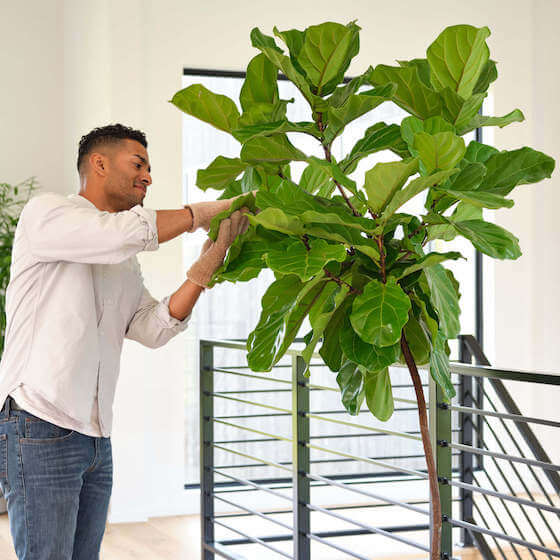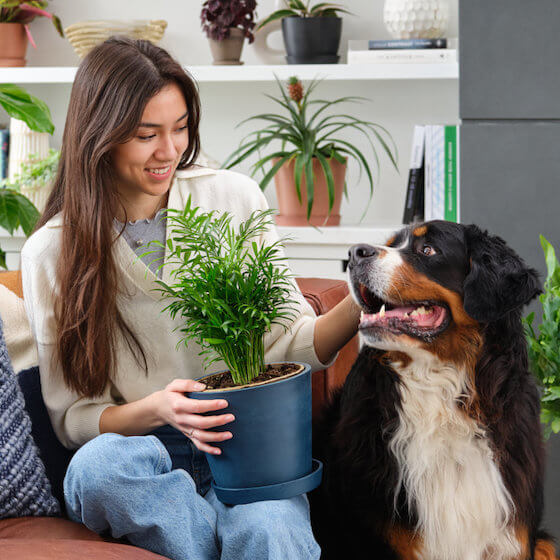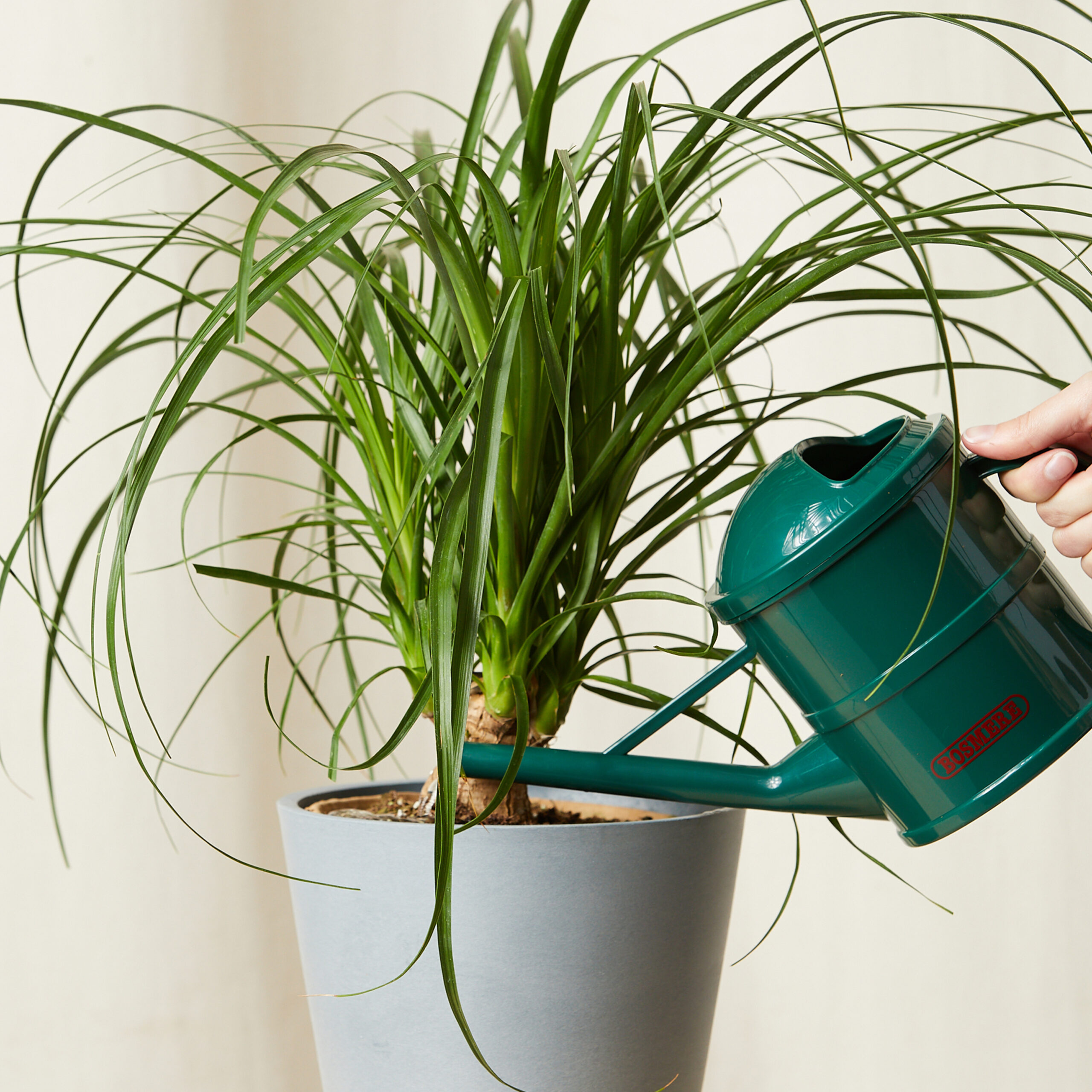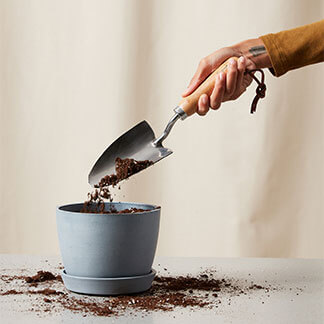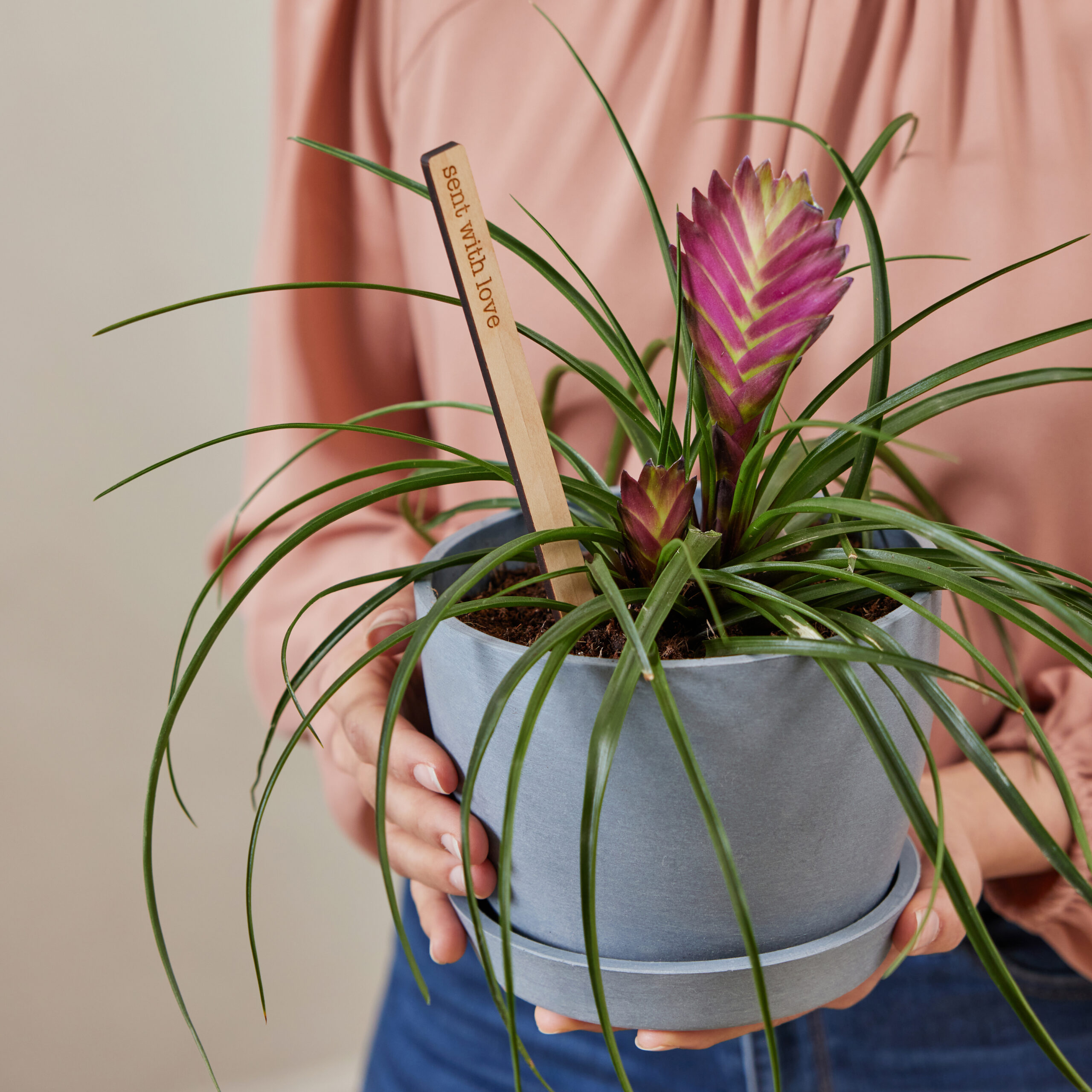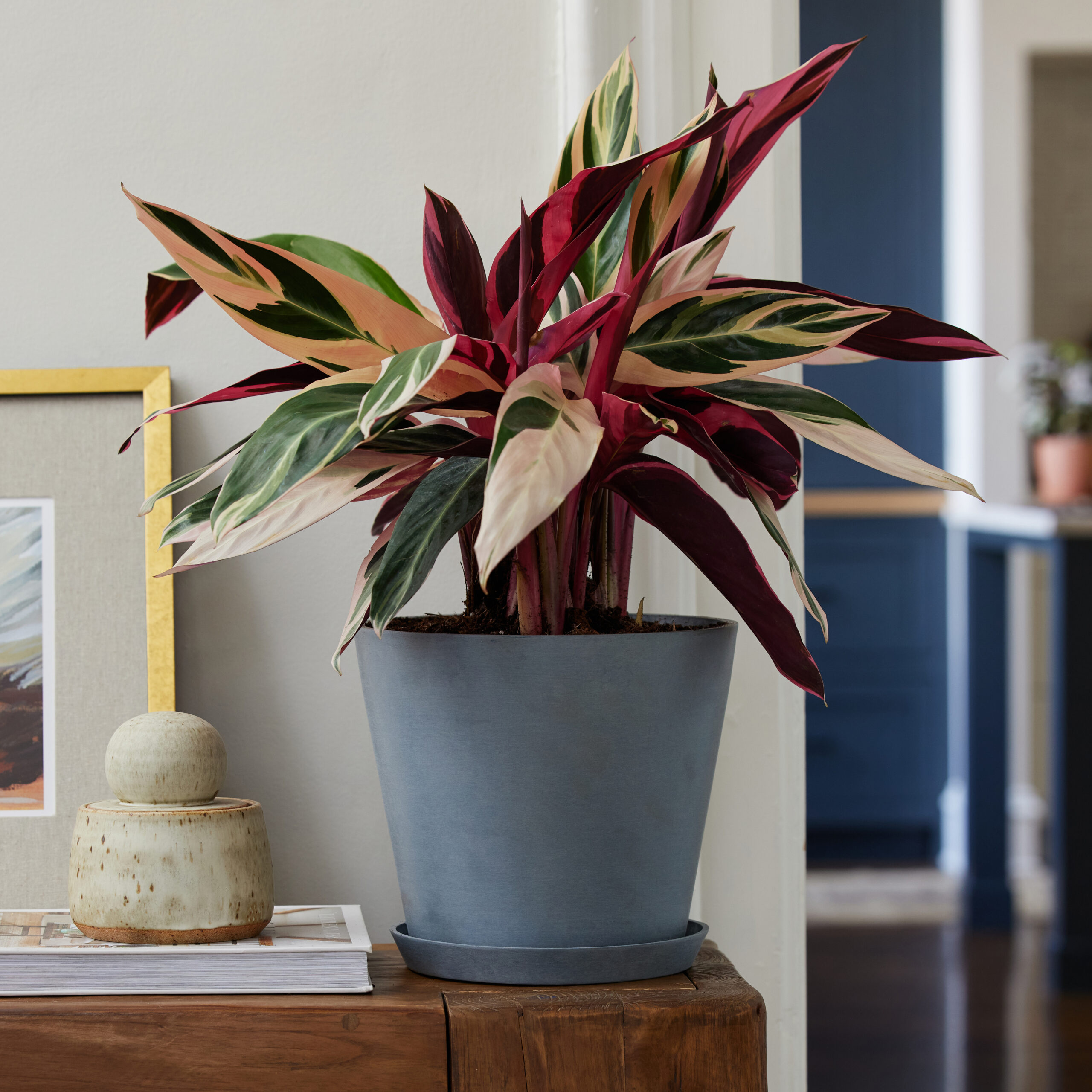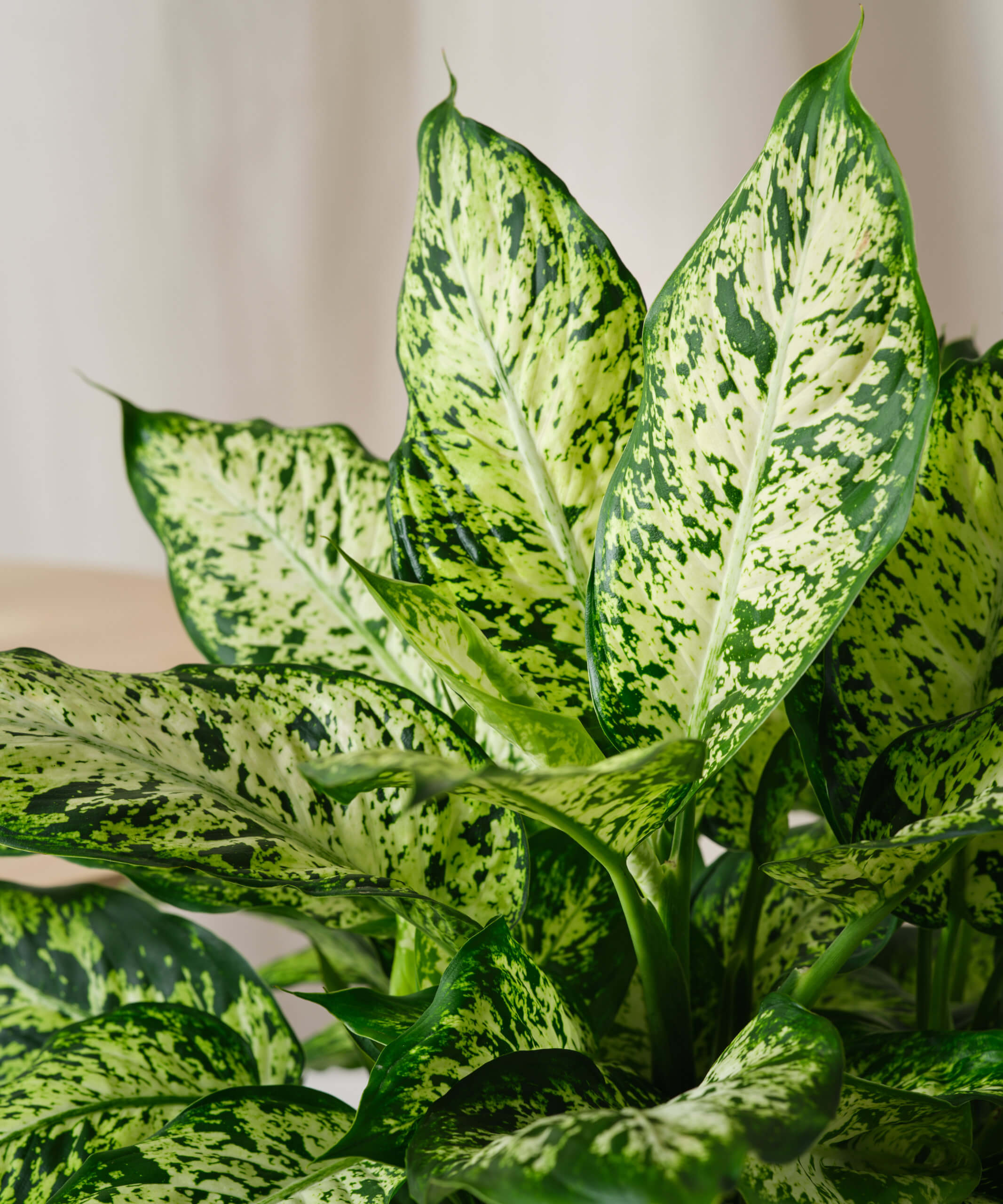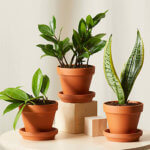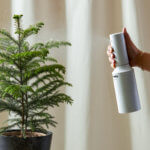Watering
You want water to water when the top 50-75% of soil is dry. Water thoroughly, and be sure to empty the saucer of any excess water to prevent root rot. Your Dieffenbachia will not tolerate soggy soil which can lead to root rot.
On the other hand, alternating between bone dry and wet soil from ill-timed waterings can create stress and cause your plant to have discolored leaves. If the plant gets too dry for too long, the roots start to shrivel and die back. Then, once the plant is thoroughly watered, it cannot take up the moisture properly.
Lighting
These plants can maintain in lower lighting, but indirect bright light will help them thrive. Bright indirect light can be found in places next to an east-facing window or a few feet back from an unobstructed southern or western window. If the southern or western window has something like a sheer curtain, or natural shade from a tree or building outside, the plant can be placed a little closer.
Temperature
Dieffenbachia appreciates conditions between 65 to 75° F and an ambient humidity of 60%, and sudden shifts above or below this range can shock the plant and cause the leaves to turn yellow or drop off. Try to avoid keeping this plant in overly hot rooms or near an AC vent in the summer, or anywhere near drafty and cold windows and doors in the winter.
Pests
A weakened or stressed plant is more susceptible to insect infestations. Sap-sucking bugs like spider mites can drain your plant of moisture. This problem quickly manifests itself by yellowing leaves. Scale, mealybugs, and spider mites occur frequently in indoor conditions. If not killed early on, these small pests proliferate and move all along leaves and into nooks and crannies. The piercing mouths of the insects exhaust your plant and accelerate yellowing, especially if your plant is already unhealthy from poor lighting, a nutrient deficiency or improper soil moisture.
Natural Life Cycle
If there is new growth on your plant and the yellowing leaves are older, particularly at the bottom of the plant, this yellowing is natural. Your plant sheds its old leaves and sends energy to new growth. You can simply trim any old leaves off to help your plant focus its energy on new and healthy growth.
